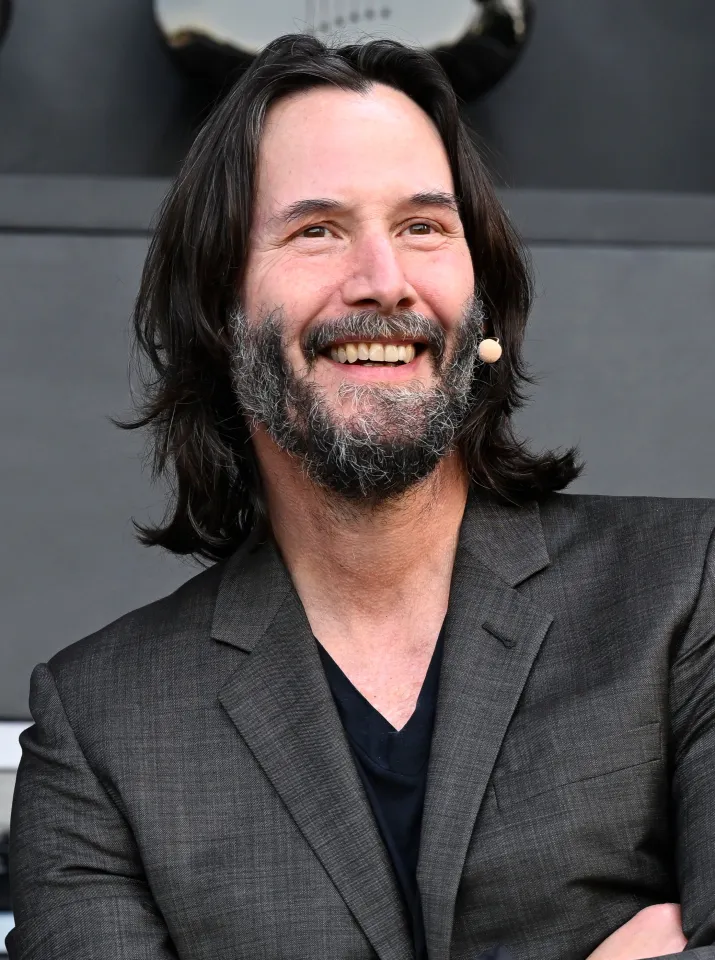Sir Rod Stewart performed at the Royal British Legion Festival of Remembrance on BBC One
Sir Rod Stewart’s lively performance at this year’s Royal British Legion Festival of Remembrance at London’s Royal Albert Hall left some viewers unimpressed.
The 79-year-old music icon kicked off the annual event, attended by high-ranking royals and military veterans, with a spirited rendition that split opinions among home audiences.
Despite the evening being dedicated to honouring the nation’s fallen heroes, some fans suggested his hip-shaking moves were “not exactly in the spirit of remembrance.”
One disgruntled viewer posted on X (formerly Twitter): “Because Rod Stewart gyrating his hips is how we all want to pay tribute to the fallen.”
Another commented, “Rod Stewart’s really going for it, but I’m not sure those hip gyrations are exactly in the spirit of remembrance,” and questioned, “Is this appropriate?” according to the Daily Express.
Someone else added, “Rod Stewart is totally inappropriate for the Festival of Remembrance.”
However, many came to the defence of the veteran singer, highlighting his decades-long history of entertaining troops and supporting military charities.
One fan praised, “Sir Rod Stewart on bbc1 tonight made me so very proud and all our soldiers and airmen, and LADIES GOD BLESS YOU ALL THANKYOU YOUR ALL AMAZING THANKYOU.” (sic)
Someone else complimented, “Sir Rod Stewart isn’t looking (or sounding) half bad for a man of 80! Good for him.”
Sie Rod, who previously performed at the Queen’s Platinum Jubilee, has a long-standing commitment to charity work supporting the armed forces. He returned to the stage a second time to perform his hit song, Sailing.
The evening, held at the Royal Albert Hall and presented by Ted Lasso star Hannah Waddingham, also saw performances from Sam Ryder, Keala Settle, Blessing Offor, and The Wellermen, alongside moving displays by the Central Band of the RAF and Royal Marines Band Service.
This year’s Festival of Remembrance commemorated the 80th anniversary of the conclusion of World War II and paid tribute to the bravery of those who served, while also recognising the resilience of military families and the advancements made since the prohibition on LGBT service personnel was removed 25 years ago.
Viewers applauded the entire show, sharing their thoughts online: “The Royal British Legion Festival of Remembrance is always so beautifully put together. An incredible tribute to those who serve & have served our country.”
Some acknowledged the sacrifices being remembered whilst criticising the current state of Britain’s borders. One viewer commented: “In the year that our government admitted that they have lost control of our border, it makes the #festivalofremembrance more poignant than ever. Let us pray we don’t see the day when we admit they all died in vain.”
Many were left feeling emotional during the annual commemoration, with one viewer confessing: “10 minutes in and I’m already in tears.”
Another shared: “Imagine not seeing your baby until it was 9 months old. It’s incomprehensible. We owe these men and women so much.”
Hannah Waddingham received acclaim for her “simply superb” hosting and “stunning” vocal performance as she sang “We’ll Meet Again”.















